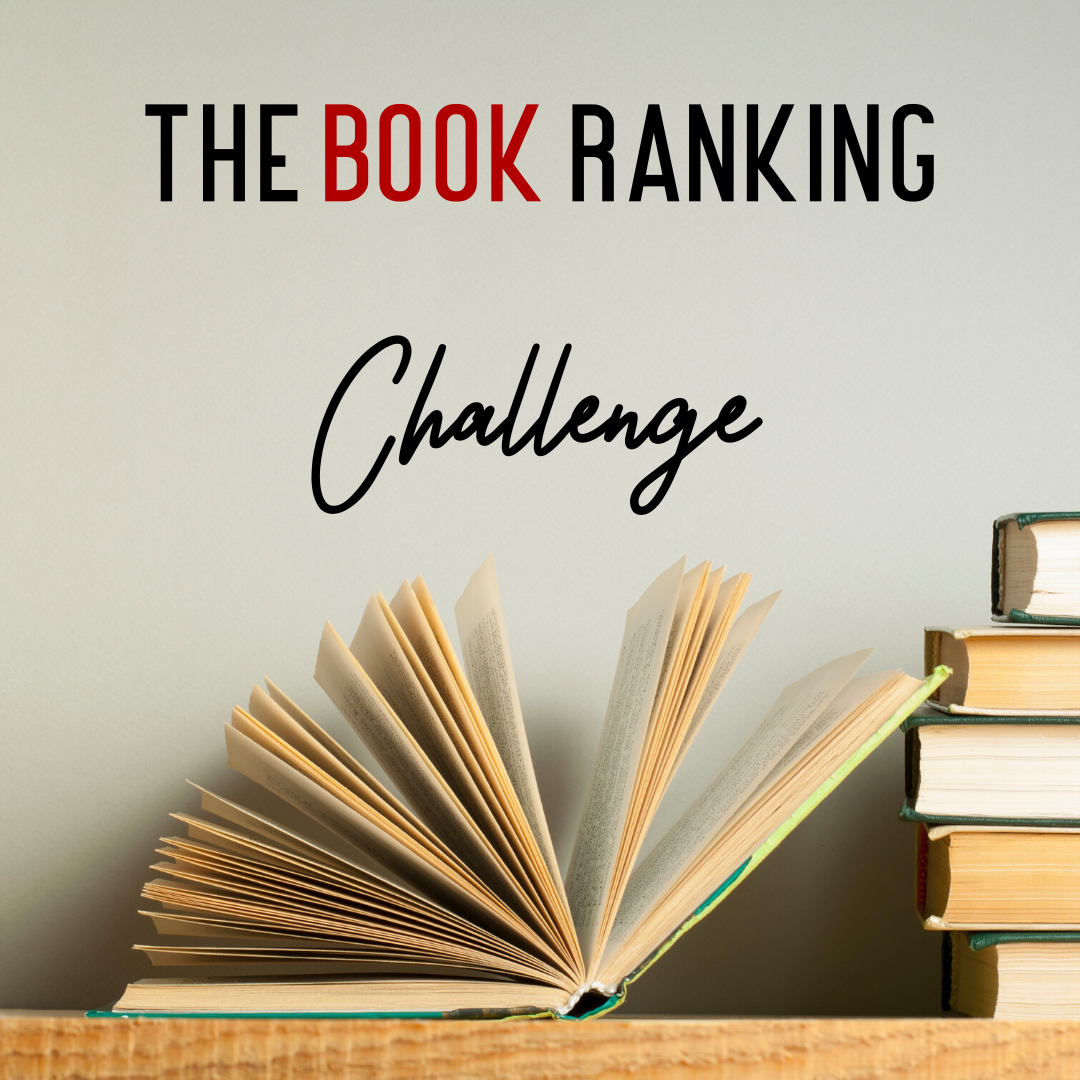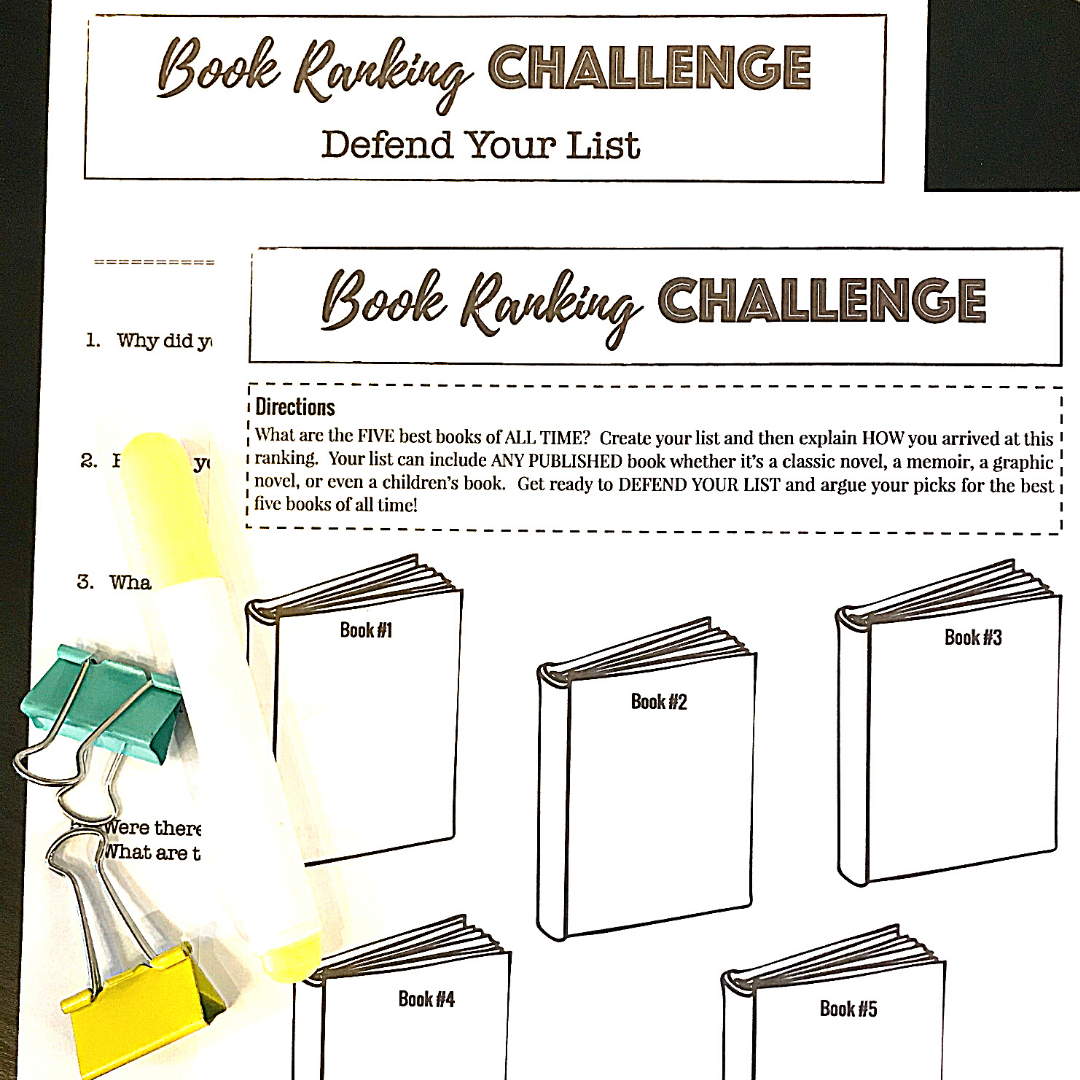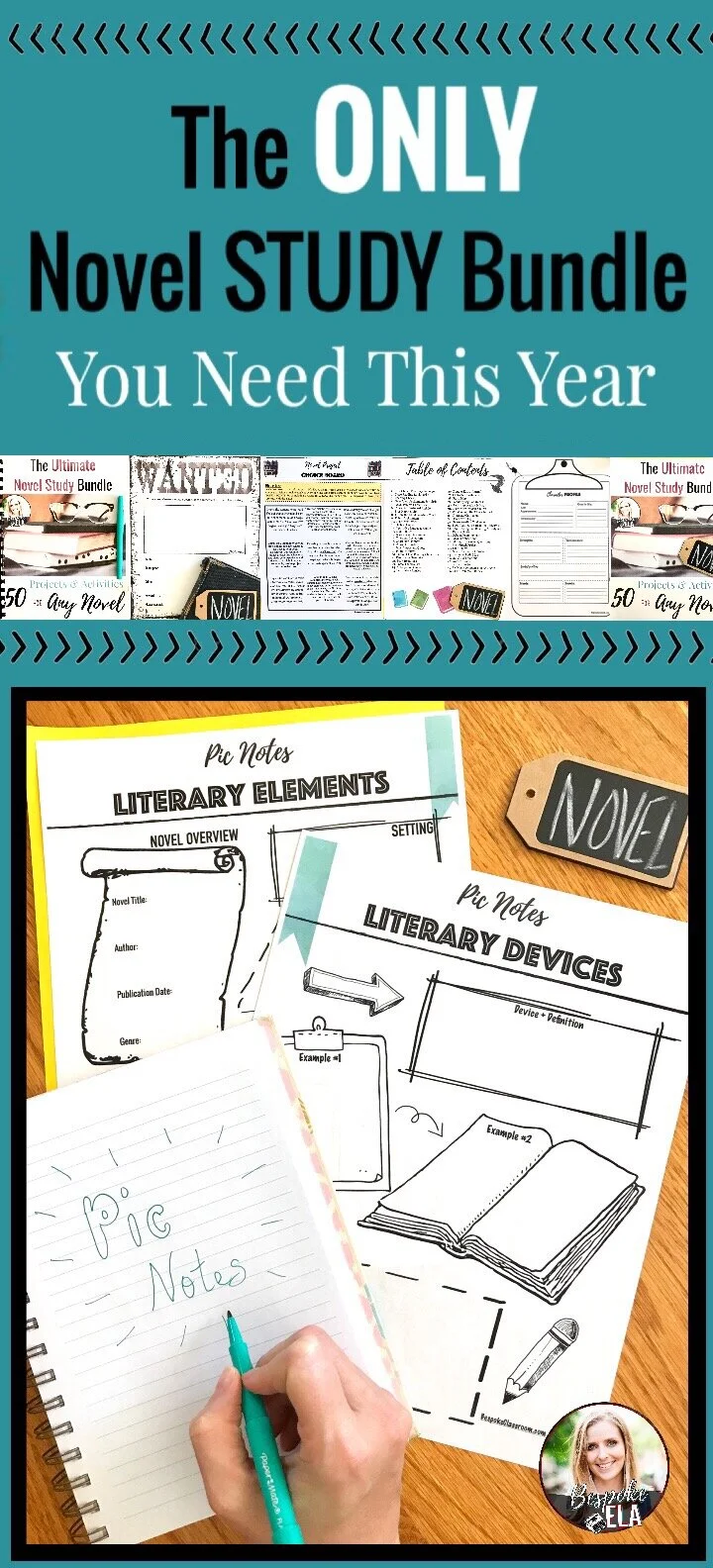Summer reading is something that helps prevent the summer slide in skills in our students. Having a gap of two months between school years can really be detrimental if students do not stay engaged in some kind of critical thinking activity. This is something we really notice at the beginning of each school year when we do our diagnostic assignments and assess our students’ gaps in learning… fully KNOWING that they were taught these skills in the prior years of schooling.
Now, I am fully aware that summer reading is a dying breed in the land of modern ELA pedagogy… mostly for practical reasons— students don’t do it, new students move into the district, etc. Call me old school, but I am still a fan of assigning and assessing summer reading.
Summer has that way of magically erasing knowledge, so one way to prevent some of that summer slide is to engage students in summer reading through a summer reading challenge and also through one-pagers to help students interact, process, and analyze what they’re reading.
Summer Reading Challenges
There are several ways to implement a summer reading challenge. They can be centered around genres, specific reading lists, locations, and more. The nice thing about these reading challenges is that they allow for student choice. However, there might be a reason in some cases (such as AP) in which the teacher needs to assign specific books. But for the most part, allowing students to choose their summer reading books can motivate students to read because they can choose books that interest them. Anytime you can work student choice into a lesson, the more motivated students will be. Check out my blog post on student choice in secondary ELA here.
An easy way to share summer reading options with students is through book lists. Here are some popular book lists that students can use to select their summer reading assignments:
BookRiot’s List of the Greatest American Novels from 1893-1993
The Guardian’s List of Best-Selling Books of All Time in the UK
The Modern Library’s List of the Top 100 Novels of the 20th-Century
The Norwegian Book Club’s List of the Top 100 Works in World Literature
Rolling Stone’s List of the Best Non-Superhero Graphic Novels
As you can see, there is no shortage of booklists online. You can opt to provide students with a specific list, or lists, or give students free reign to find their own booklists. Alternatively, have students compile their own booklists as a summer assignment.
For example, you can have students compile a list of their top five favorite books of all time and then rank them from 1-5. Students can then write an explanation or rationale behind their booklists.
If you’d like a FREE template to use for this assignment, you can find one in the Bespoke ELA Freebie Library. Simply subscribe to gain access to 75+ freebies to use in your secondary ELA classes today!
You can also opt to have students complete a Book Reading Challenge in which they read as many different types of books as they can in as many different setting as possible. You can also find a FREE Reading Challenge Guide in the Freebie Library by clicking here.
One-Pager Projects
It is no doubt that one-pager projects are all the rage right now in education. They provide an engaging means for students to showcase their comprehension and analysis of a text. Essentially, a one-pager is a collage with a different name… but “a rose by any other name would smell as sweet,” right?
The one-pager collage typically centers around a central thematic idea or theme statement, which is placed at the center of the page. Students then surround the theme with evidence from both literary elements such as characterization and literary techniques such as symbolism. In fact, one way to think of a one-pager is like a visual literary analysis essay in which students argue a theme supported by textual evidence. Students can include direct quotations on the one-pager, or students may opt to paraphrase evidence. Either way, the basic core of the one-pager is essentially the same as the literary analysis essay.
As a summer reading assignment, students can create one-pagers over the texts they’ve read. You can adapt the number of assignments to fit the needs of your students, but nonetheless, one-pager collages give you as the teacher something to assess at the beginning of the school year.
One way that I’ve used one-pagers to assess summer reading is by having students bring them to class and share in small groups. For my AP students, I’ve even given them a timed writing and allowed them to use their one-pager as “notes” for the timed essay.
I know that not all students may complete the summer reading or that new students will not have even received the summer reading assignment. A workaround for this is to make the one-pager(s) due two weeks into the new school year to allow students time to catch up. I’ve also had new students complete one-pagers over something they read in the previous school year.
In general, I find that one-pagers are a more engaging way to start the school year and to assess summer reading. They provide talking points for students right from the start of the year and begin the process of developing a classroom community.
If you’d like a set of FREE one-pager templates on Google Slides, you can find them in the Bespoke ELA Freebie Library.
Students can create their one-pagers on the computer via Google Slides, or print out a template and complete one by hand.
Alternatively, students can create their own one-pager layouts inspired by the bundle of free one-pager templates.
The options are endless!
Where do you stand on the issue of assigning summer reading? To assign or not to assign? That is the question. I’d love to hear from you in the comments!
Related Resource
About the Author
Meredith is the founder and creator of TeachWriting.org and Bespoke ELA. She has taught high school English for 10+ years in Dallas, Chicago, and New York City and holds a M.A. in Literature from Northwestern University. She has always had a connection to the written word-- through songwriting, screenplay writing, and essay writing-- and she enjoys the process of teaching students how to express their ideas. Meredith enjoys life with her daughter and sweet Yorkie named Teddy.









